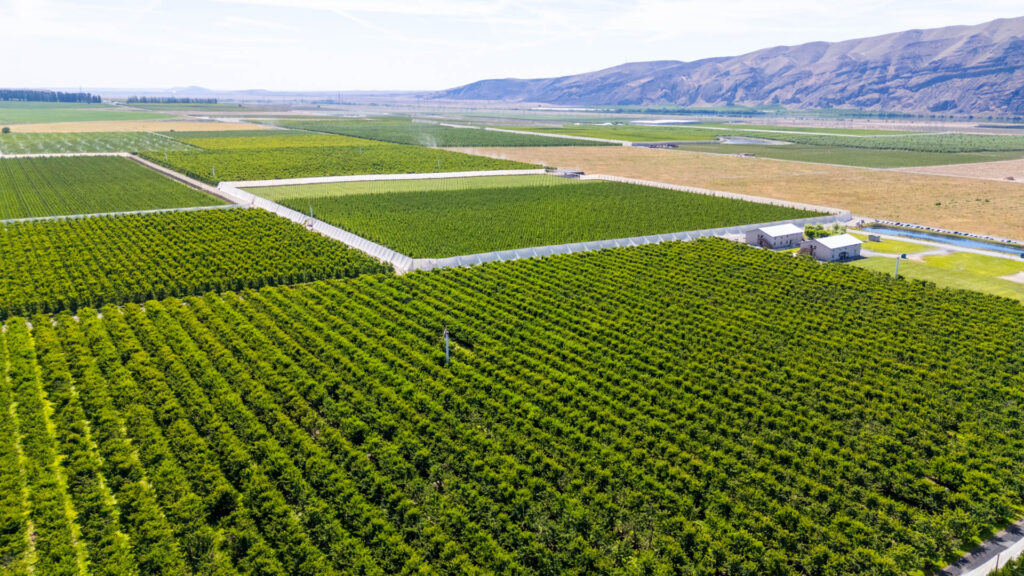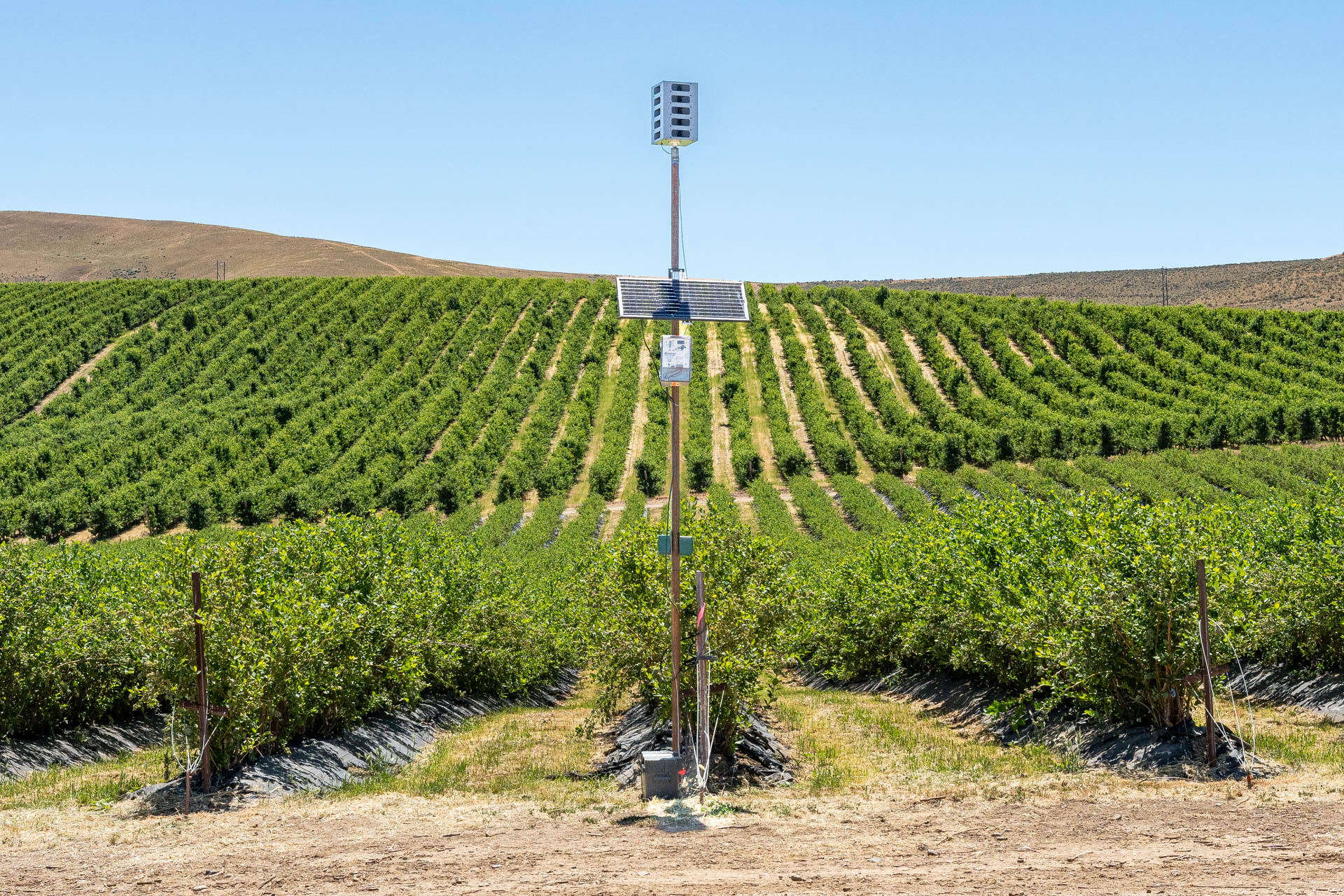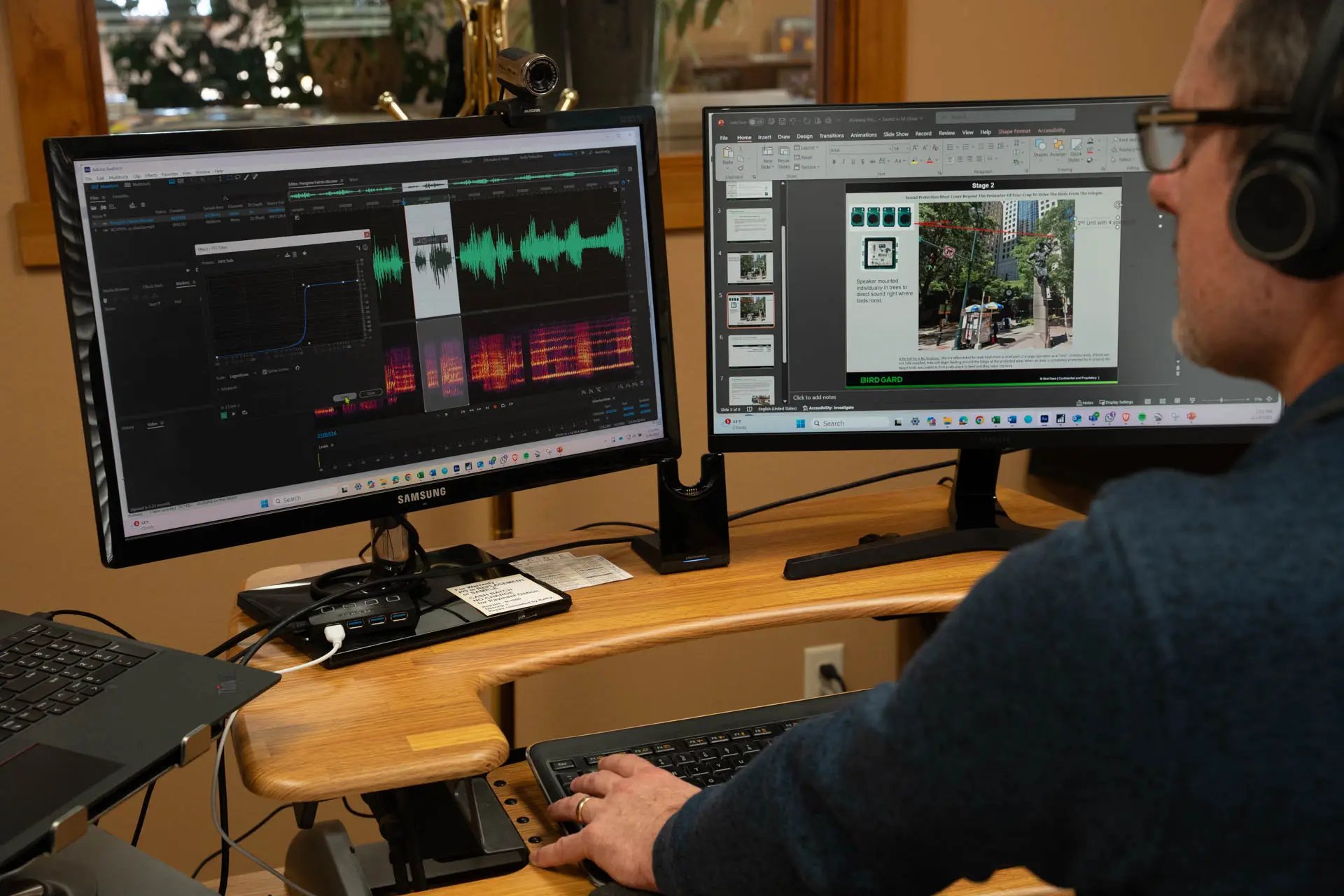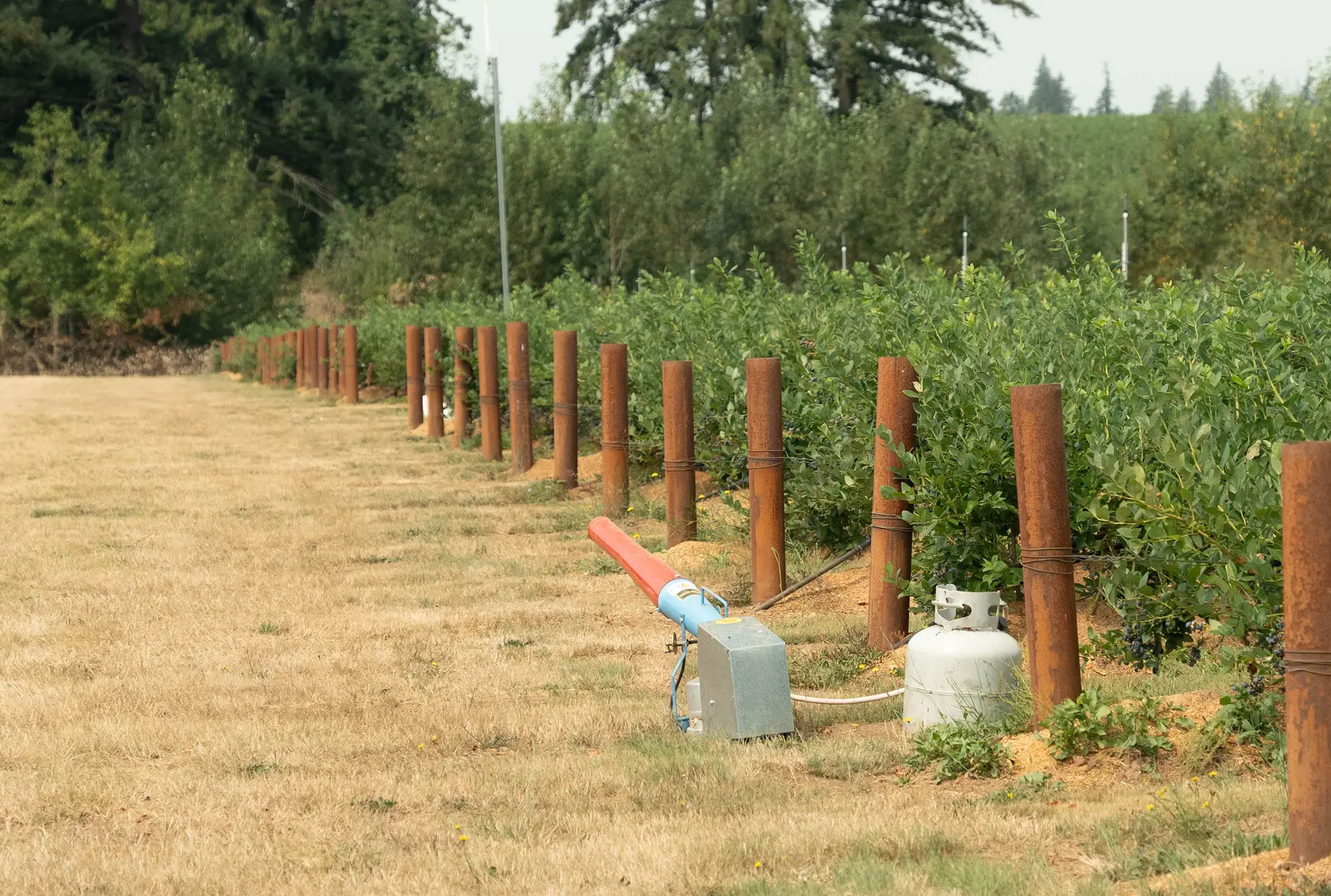Dealing with nuisance birds can be an ongoing challenge for many industries, especially for farmers and agricultural leaders. Not all birds are alike, and neither are the methods to deter them. Many conventional bird control tactics fail because they adopt a one-size-fits-all strategy, ignoring the varying behaviors, habitats, and threats posed by different bird species.
This is where species-specific bird deterrents come into play. Using tools like Bird Gard’s bioacoustic technology, businesses can adopt tailored deterrent methods that are not only effective but also humane and environmentally responsible.
This guide explores common nuisance bird species, the challenges they pose, and the proven solutions to keep them at bay. Whether you’re protecting crops, property, or livestock, this comprehensive guide will help you implement species-specific deterrent strategies.
Why Species-Specific Deterrents Matter
Bird species rely heavily on their enhanced sensory capabilities, especially hearing, to recognize threats. Species-specific deterrents use bioacoustics technology that broadcasts distress and alarm calls biologically significant to the targeted species. These calls leverage birds’ natural instincts, prompting them to flee the area immediately.
Here’s why tailoring bird deterrents to specific species matters:
- Enhanced Effectiveness: Birds are more likely to respond instinctively to calls from their own species rather than generic noises or scares.
- Reduced Impact on Non-Target Birds: Protect helpful or neutral bird populations by employing deterrents only targeting nuisance species.
- Minimized Habituation: Techniques like randomized playback prevent birds from adapting to the deterrent over time.
Species-specific deterrent methods are precise, targeted, and sustainable, ensuring the best outcomes for businesses and the environment alike.
Common Nuisance Birds and How to Deter Them
Different bird species create unique challenges depending on the environment they invade. Here’s how species-specific solutions can effectively counter their impact.
Starlings
The Problem: Starlings form massive flocks, causing significant damage to crops such as fruits (grapes, cherries, and blueberries) and grains. Their droppings also pose health risks, spreading diseases like histoplasmosis.
The Solution: Deploy starling-specific distress calls through bioacoustic systems. Pair these calls with randomized predator noises to prevent habituation and maximize deterrent effectiveness.
Blackbirds
The Problem: Blackbirds target grain crops like corn, rice, and sunflowers, leading to enormous economic losses. Their droppings contaminate produce, presenting food safety risks.
The Solution: Use bioacoustic systems that emit blackbird-specific distress calls, supported by predator sounds. This approach deters flocks while protecting large-scale agricultural operations.
Cedar Waxwings
The Problem: Known for their love of soft fruits, cedar waxwings wreak havoc on orchards, vineyards, and berry farms. Their feeding behaviors leave fruits damaged, knocked to the ground, or entirely consumed.
The Solution: Cedar waxwing-specific distress calls combined with visual scarers (e.g., kites that resemble predators or reflective devices) reduce fruit loss while keeping orchards safe.
Crows & Ravens
The Problem: Extremely intelligent birds, crows and ravens destroy crops such as nuts and corn, damage irrigation systems, and scavenge in livestock zones, complicating sanitation efforts.
The Solution: Leverage crow- or raven-specific alarm calls alongside visual deterrents like predator decoys to disrupt their sense of safety and drive them away.
Grackles
The Problem: These social birds form large roosts near urban or agricultural areas, creating sanitation issues through droppings and noise pollution. They also feed on fruit orchards and cornfields.
The Solution: Grackle-specific distress calls paired with physical deterrents such as netting or spike barriers help reduce their impact on crops and urban zones.
Robins
The Problem: Robins impact berry farms by damaging strawberries, blueberries, and other small fruits. Their ability to congregate within crop foliage makes them difficult to deter visually.
The Solution: Robins respond effectively to distress calls broadcast via portable bioacoustic equipment, safeguarding berry crops without disrupting non-target species.
Seagulls
The Problem: Coastal regions, ports, and landfills are magnets for seagulls. Their scavenging habits contaminate food sources, spread waste, and increase disease risks.
The Solution: Seagulls can be deterred using high-fidelity distress calls tailored to their species, supplemented by visual devices like reflective tape or kites resembling predators.
Sparrows
The Problem: Sparrows form large flocks that damage grain and fruit crops like wheat and cherries. Their droppings present food contamination concerns and significant economic impact.
The Solution: Sparrow-specific distress calls, combined with barriers or targeted exclusion zones using netting, effectively protect crops without affecting surrounding areas.
Finches
The Problem: Finches favor seed-heavy crops like sunflower fields, often reducing yields by consuming and scattering seeds.
The Solution: Mitigate finch activity with species-specific alarm calls and supplementary deterrents such as reflective devices.
Magpies
The Problem: Beyond scavenging livestock feed, magpies occasionally prey on young or vulnerable livestock, contaminating feed supplies and spreading pathogens near farms.
The Solution: Bioacoustic alarms designed for magpies disrupt their feeding and nesting habits effectively, ensuring livestock and feed supplies remain protected.
How Bird Gard Customizes Solutions for Effective Results
Bird Gard’s bioacoustic systems set the industry standard in species-specific bird deterrents. Here’s how Bird Gard ensures optimal performance for its users:
- Extensive Sound Library: With an archive of biologically significant calls for over 250 bird species, Bird Gard can customize the playlist to nearly any nuisance bird population effectively.
- Randomized Playback: By introducing randomness into the timing and sequence of sounds, Bird Gard systems prevent targeted birds from adapting or ignoring the deterrent.
- High-Fidelity Audio Technology: Distress and predator calls are recorded in crystal-clear quality to mimic real-world scenarios, maximizing the fear response.
- Scalable Deployment: Bird Gard products suit diverse needs, from protecting small farms and vineyards to large-scale 5,000+ acre agricultural operations, airports, and beyond.
Real-World Success Stories
- A California vineyard reduced grape losses by over 90% during harvest season by utilizing starling-specific solutions.
- An Oregon blueberry farmer saved several tons of fruit after implementing an effective Bird Gard system targeting robins and starlings.
Protect Your Agriculture and Property, Now and Long-Term
Tailoring bird deterrents to specific nuisance species offers unmatched advantages in protecting crops, property, and industries. Solutions like Bird Gard’s bioacoustic technology combine scientific precision with practical application, ensuring results that are humane, sustainable, and remarkably effective.
If your business struggles with invasive bird species like starlings, robins, blackbirds, or crows, now’s the time to act. Bird Gard provides the tailored solutions you need to safeguard your agricultural investments, property, and operational peace of mind.



